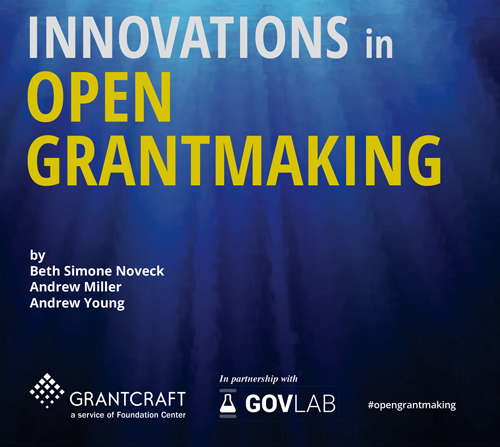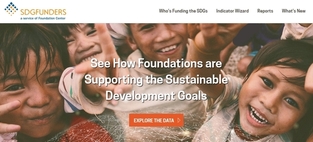Why Scan? Understanding Emerging Issues
A funder who works on school reform in the United States was curious to know more about a set of activities known variously as “next generation learning,” “blended learning,” “e-learning,” and “technology-enhanced learning.” “We wanted to understand how the terms were being used,” she noted, “and what was happening in the field — in terms of supply and demand— so we could test our hypotheses about how it all related to new school designs. We knew we needed some market research and analysis done, and that we couldn’t possibly get it done with our internal team.”
She approached an external consulting group and asked if they’d be interested in tackling the project. The consultant, in turn, “let us know that another foundation was very interested in similar issues,” she recalled, and put the two program officers in touch. They decided to “join forces and work on refining the problem definition and scope of work together” — a decision that resulted in a better process and product, she believes, because they were able to “interrogate the materials together” from different but complementary perspectives.
An important outcome was evidence that “because of the relative immaturity of this kind of work, we do actually still need to develop ’proof points,’ or school models that use blended learning effectively, to show what might be possible,” she concluded. “And that’s a good place for my foundation to fit in because we understand model development and what it takes to support that.”
Takeaways are critical, bite-sized resources either excerpted from our guides or written by Candid Learning for Funders using the guide's research data or themes post-publication. Attribution is given if the takeaway is a quotation.
This takeaway was derived from Scanning the Landscape 2.0.


